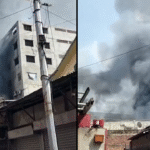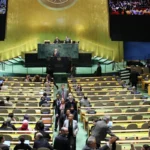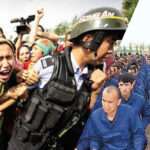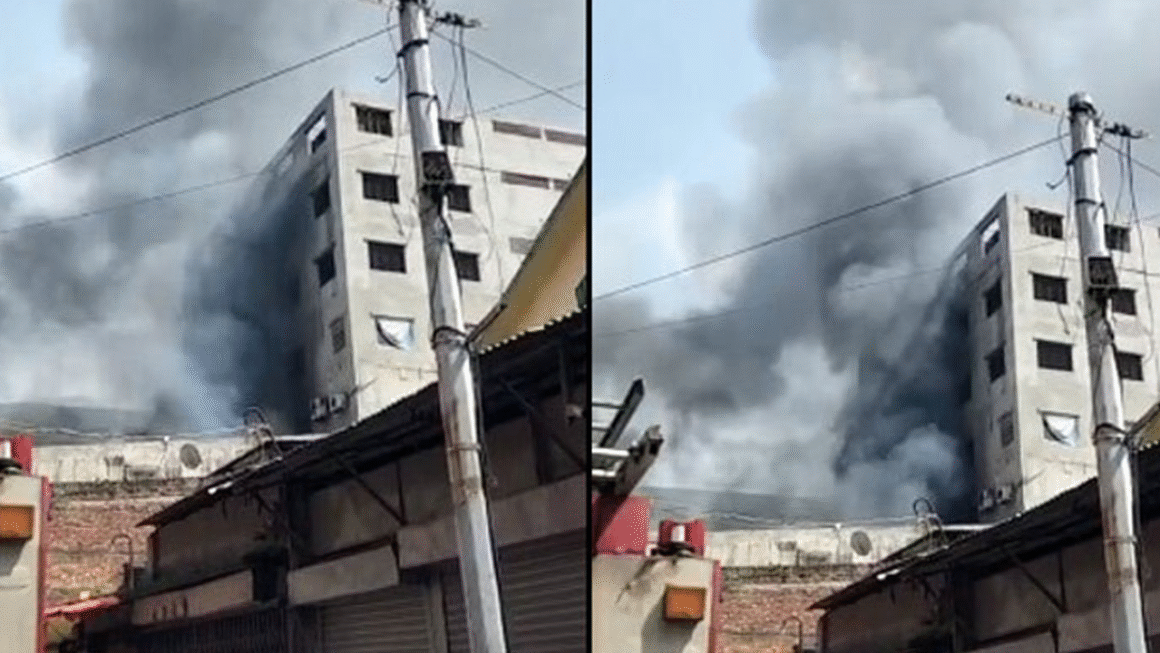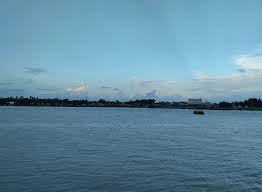 Introduction to Rupsa Nodi-
Introduction to Rupsa Nodi-
Rupsa Nodi, also known as the Rupsa River, is a historically, culturally, and economically significant waterway in southern Bangladesh. This river is not just a natural landmark but also a crucial part of life in the Khulna region. It has long served as a channel for trade, a source of livelihood for fishermen, and a scenic attraction for nature lovers and tourists.
In this blog, we explore everything about Rupsa Nodi—its geographical features, historical importance, economic roles, and how it continues to shape the lives of millions. Whether you’re a curious traveler or a researcher, this detailed article will provide all you need to know about this remarkable river.
Geographical Overview of Rupsa Nodi-
Rupsa Nodi originates from the confluence of the Bhairab River and the Atrai River. Flowing through the Khulna district, it eventually merges with the Pasur River, leading into the Bay of Bengal. Its location is crucial as it connects several major river systems and estuaries in the southwestern part of Bangladesh.
The river is tidal, and during high tide, seawater pushes into the river, impacting its salinity and influencing its aquatic biodiversity. The Rupsa River also plays a major role in controlling the drainage system of the Khulna city and surrounding areas.
Historical Significance of Rupsa Nodi-
The Rupsa River has a deep-rooted connection to the history of Bengal. During British colonial rule, the river was extensively used for the transportation of goods, particularly jute and salt. Its strategic location made it a vital route for inland navigation.
Furthermore, the river has been referenced in several historical texts and memoirs, notably in the works of renowned authors like Manik Bandopadhyay and other Bengali literary figures, who romanticized the river in stories and poems.
Economic Importance of Rupsa Nodi-
1. Fishing Industry
The river supports a thriving fishing community. Fishermen depend on the Rupsa Nodi for freshwater and brackish fish, including varieties like hilsa, shrimp, and catfish. Shrimp cultivation, in particular, is a booming industry along the banks.
2. Transport and Trade
The Rupsa River acts as a natural highway, connecting Khulna to the Mongla Port—Bangladesh’s second-largest seaport. Boats and cargo vessels frequently use this route to transport goods, especially during the dry season when roadways become less accessible.
3. Agricultural Impact
The water from the Rupsa River is used for irrigation, especially in the Batiaghata and Dighalia regions. While the water is partially saline, advanced irrigation techniques allow for diversified crop cultivation.
4. Rupsha Bridge
The Rupsha Bridge, built across the river, connects Khulna with Bagerhat and other southwestern districts. This bridge not only facilitates road connectivity but also enhances the logistical infrastructure for transporting goods and people.
Ecological Role of Rupsa Nodi-
The ecosystem of Rupsa Nodi is dynamic. Its estuarine environment supports mangrove forests, including parts of the Sundarbans—the world’s largest mangrove forest. The brackish water hosts a wide variety of aquatic life, and the riverbanks are rich in flora and fauna.
However, like many rivers in Bangladesh, Rupsa Nodi is under threat from pollution, encroachment, and climate change. Industrial waste from Khulna and unregulated fishing practices are harming the river’s biodiversity. Efforts are ongoing by local and international environmental organizations to preserve the river’s natural beauty and ecological balance.
Tourism and Cultural Aspects-
The Rupsa River is a popular destination for local and international tourists. Boat rides on the river, especially during sunset, are breathtaking. You can enjoy the peaceful flow of the river while observing the vibrant life along its banks.
Festivals and fairs are often held on the riverbanks, reflecting the cultural richness of the region. Tourists also visit nearby attractions such as the Sundarbans, Bagerhat’s historic mosques, and the Mongla Port.
Photography enthusiasts will find the changing moods of the Rupsa Nodi mesmerizing—from foggy winter mornings to the golden hues of summer evenings.
Best Time to Visit Rupsa Nodi-
The ideal time to visit Rupsa Nodi is during the winter season, from November to February. During this period, the weather is cool and comfortable, and river cruises or sightseeing along the banks are more enjoyable. Additionally, this is the time when migratory birds visit the region, offering a wonderful opportunity for birdwatchers.
Avoid the monsoon season (June to September) if you’re planning a leisure trip, as the heavy rainfall can cause water levels to rise and restrict movement in certain areas.
Conclusion-
Rupsa Nodi is mor-e than just a river—it is a lifeline for the people of southern Bangladesh. From economic sustenance to cultural inspiration, it has played a multifaceted role throughout history. Preserving its purity and ecological balance is crucial for maintaining the livelihood of thousands and ensuring that future generations continue to benefit from its bounty.
If you’re a traveler seeking serene landscapes, a history buff researching Bengal’s rivers, or an environmentalist passionate about water bodies, Rupsa Nodi is a name that deserves your attention.
FAQs About Rupsa Nodi-
What is Rupsa Nodi?
Rupsa Nodi is a major river in southern Bangladesh that flows through the Khulna district and merges with the Pasur River. It is significant for trade, transport, fishing, and ecological balance.
Where is the Rupsa River located?
The river flows through Khulna district in the southwestern region of Bangladesh and is closely connected to the Mongla Port and the Sundarbans.
Is Rupsa Nodi navigable?
Yes, the river is navigable by both small and large vessels and plays a crucial role in regional waterway transport.
What kind of fish are found in Rupsa Nodi?
Fish varieties such as hilsa, shrimp, catfish, and other estuarine species are commonly found in the Rupsa River.
What are some tourist attractions near Rupsa Nodi?
Tourists can enjoy river cruises, visit the Sundarbans, explore the historical mosques of Bagerhat, and tour the Mongla Port area.
Is pollution affecting Rupsa Nodi?
Yes, pollution from industrial waste, unregulated fishing, and climate change pose significant threats to the ecological health of Rupsa Nodi.
Can I take a boat ride on Rupsa River?
Yes, boat rides are available and are one of the best ways to enjoy the scenic beauty of the river, especially during sunrise and sunset.
What is the best season to visit Rupsa Nodi?
The best time to visit is winter, from November to February, when the weather is pleasant and perfect for sightseeing and river cruises.
Is Rupsha Bridge important for transportation?
Absolutely. The Rupsha Bridge connects Khulna to other parts of the country and has significantly improved road transport and logistics in the region.
Does the river affect local agriculture?
Yes, the river provides water for irrigation, especially in the dry season. However, salinity levels can sometimes be a concern.

